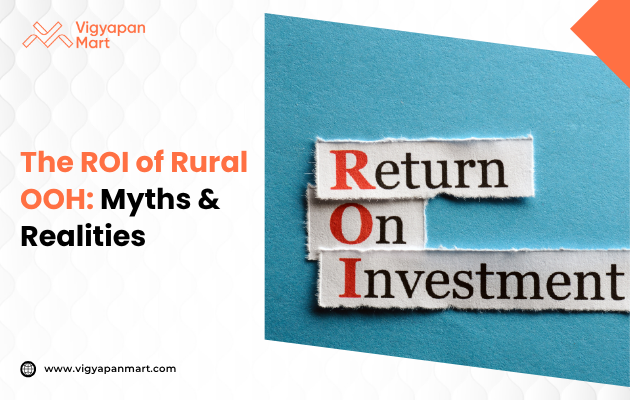Challenges in Rural Marketing You Should Consider

Rural marketing in India is full of opportunities, but it also comes with unique challenges. Understanding these challenges is the first step to building a strong rural marketing strategy. In this blog, we will break down the main problems marketers face in rural areas, using simple language and clear sections so everyone can understand.
Limited Infrastructure
- Many villages do not have good roads, making it hard for trucks and vans to deliver products.
- Power cuts and lack of electricity can stop people from using certain products, like fridges or TVs.
- Internet and mobile networks are often weak or missing, so digital ads and online shopping are not always possible.
Low Literacy Levels
Many people in rural areas cannot read or write well. So, written ads or instructions may not work in rural regions. Now, marketers need to use pictures, symbols, or videos. Oral communication, like radio or village meetings, is often more effective.
Distribution and Accessibility Issues
Villages are spread out and sometimes far from towns and cities. That’s why transport costs are high, and products may not reach every village. Also, warehousing is a problem when there are few storage spaces and poor maintenance.
Low Awareness and Trust
- Rural consumers may not know about new products or brands.
- Many people prefer local or traditional products they already trust.
- Building trust is hard, especially if people have had bad experiences with brands in the past.
Cultural and Language Barriers
India’s villages speak many different languages and dialects. One message or ad may not work everywhere, so marketers must adapt to local customs and languages. Cultural beliefs and traditions can affect what people buy and how they use products.
Income and Price Sensitivity
Most rural families have lower incomes than city families. Rural people are careful with their money and often buy only what they really need. So, your products must be affordable and offer good value. Small, low-cost packs are popular.
Fragmented and Informal Markets
Rural markets are not as organized as city markets. A lot of people buy from small local shops or weekly markets. Also, these markets have many middlemen, which can increase prices and make distribution harder.
Seasonal Demand and Economic Uncertainty
Many rural incomes depend on farming, which heavily depends on weather and seasons. People may buy more after a good harvest and less during tough times. Demand for products goes up and down, making planning difficult.
Key Facts to Remember
- Over 65% of India’s population lives in rural areas.
- Rural consumers are becoming more aware and open to new products, but they still face many challenges.
- Marketers need to be creative, patient, and willing to adapt their strategies for rural success.
Conclusion
Rural marketing is not easy, but it is important for brands that want to grow in India. By understanding the challenges such as poor infrastructure, low literacy, and cultural differences, marketers can find better ways to reach and help rural consumers. The key is to keep things simple, affordable, and relevant to local needs. Want to launch a Rural Marketing Campaign with expert guidance? Connect with Vigyapan Mart today!









